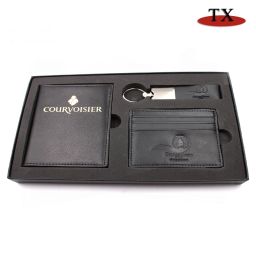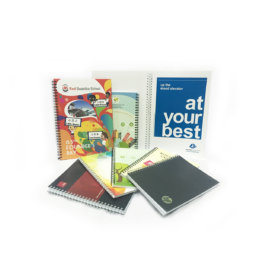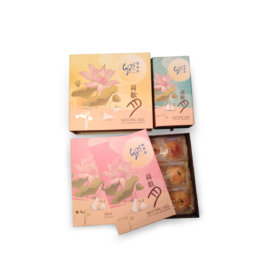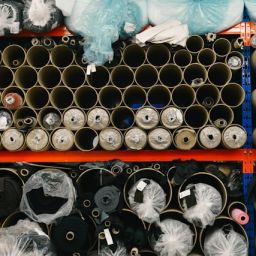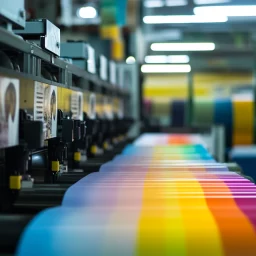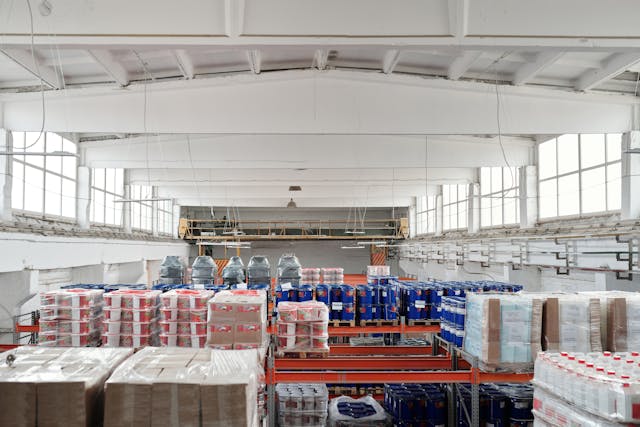
Choosing the right printing materials can be a daunting task, especially with so many options available on the market. Whether you’re printing a business card, a banner, or a beautiful piece of wall art, the material you choose will significantly impact the quality, durability, and overall impression of your project. Understanding the different types of printing materials and how to select the best one for your specific needs is crucial to achieving the desired outcome. In this blog post, we’ll explore the various types of printing materials, factors to consider when choosing them, and provide some tips to ensure you make the right decision.
Understanding Printing Materials
Before diving into the selection process, it’s important to familiarize yourself with the different types of printing materials available and their unique characteristics.
Paper types
Coated paper
This type of paper has a smooth, glossy or matte finish that enhances color vibrancy and sharpness. It’s ideal for printing high-quality images, brochures, and magazines. Coated paper is less absorbent, which helps the ink sit on top of the paper and look more vibrant.
Uncoated paper
Uncoated paper is more porous, allowing ink to soak into the fibers, giving a softer, more natural look. This type of paper is often used for business cards, stationery, and books where readability and texture are important.
Cardstock
Cardstock is thicker and more durable than standard paper, making it ideal for business cards, postcards, and invitations. Its sturdiness allows it to withstand wear and tear better than thinner paper.
Specialty papers
Specialty papers include a wide range of unique materials like recycled paper, textured paper, and those with special finishes like metallic or pearlescent. These are often used for unique projects like wedding invitations, luxury packaging, or artistic prints.
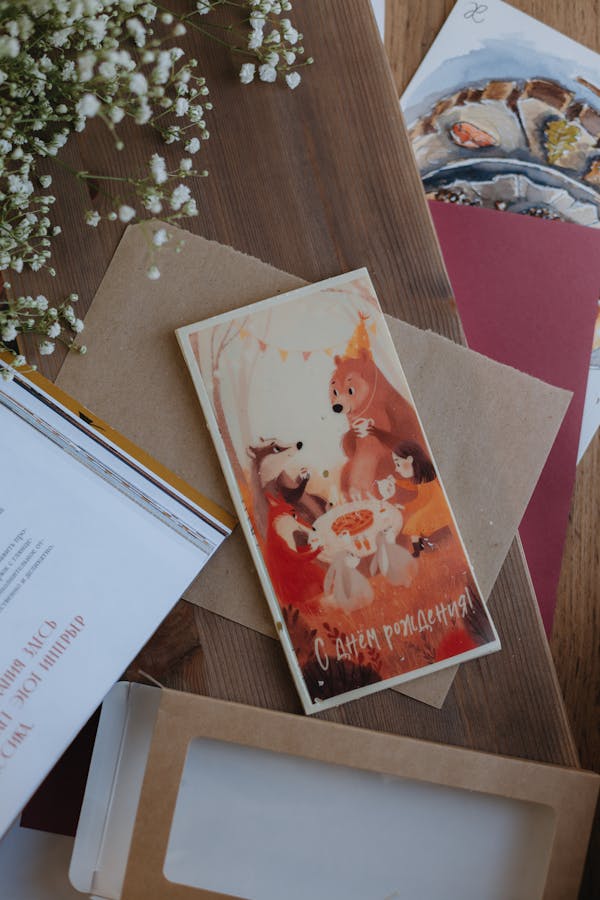
Paper weights and thicknesses
Paper weight refers to the thickness and sturdiness of the paper. It’s usually measured in grams per square meter (gsm) or pounds (lb). The higher the gsm or lb, the thicker and more durable the paper. For instance, a standard printer paper typically weighs around 80 gsm, while cardstock used for business cards might be 300 gsm or more.
Paper finishes
Matte finish
Matte paper has a non-glossy, smooth surface that is great for readability and provides a more subtle, sophisticated look. It’s ideal for projects where you want to avoid glare, like business cards and brochures.
Glossy finish
Glossy paper has a shiny, reflective surface that enhances color vibrancy and makes images pop. It’s perfect for photo printing, flyers, and marketing materials where eye-catching visuals are important.
Textured finish
Textured papers have a tactile surface that adds a unique feel to printed materials. These can include linen, felt, or laid textures and are often used for upscale stationery, invitations, and artistic prints.
Other materials
Vinyl
Vinyl is a durable, weather-resistant material that’s perfect for outdoor signage, banners, vehicle wraps, and wall murals. It can withstand the elements and provides a long-lasting print solution.
Canvas
Canvas is commonly used for fine art prints and gallery wraps. It has a textured surface that mimics a painting and is great for high-quality, long-lasting prints.
Metallics
Metallic materials, such as aluminum or foil, are used for a modern, sleek look. They’re perfect for packaging, decorative items, and unique invitations.

Factors to Consider When Choosing Printing Materials
When selecting the right printing materials, several factors should be taken into account to ensure the best results for your project.
Project requirements
- Durability: Consider how long you need the printed material to last. For instance, outdoor banners require more durable materials like vinyl, while a flyer for a one-time event might only need lightweight paper.
- Color accuracy: Some projects require precise color matching. Coated papers are better for high-quality color prints because they don’t absorb ink as much as uncoated papers.
- Budget: Your budget will play a significant role in your choice of materials. High-end materials like specialty papers or canvas can be more expensive than standard options.
Print method
The printing method you plan to use can influence the type of material that will work best:
- Offset printing: Best for large print runs, offset printing requires high-quality paper for sharp images and text.
- Digital printing: More cost-effective for short runs, digital printing can handle a variety of materials but may not always achieve the same level of detail as offset printing.
- Screen printing: Ideal for printing on materials like vinyl and fabric, screen printing is great for bold, vibrant colors but may not be suitable for highly detailed designs.
Intended use of the printed material
Think about how the printed material will be used. Is it a marketing flyer, a piece of packaging, or a personal art print? Different uses require different materials. For example, packaging might need sturdy cardstock, while a wall mural would require durable vinyl.
Environmental considerations
In today’s world, sustainability is an important factor for many businesses and individuals. Look for recyclable, compostable, or sustainably sourced materials if environmental impact is a concern. Some papers are made from recycled content or are certified by organizations like the Forest Stewardship Council (FSC).
Tips for Choosing the Right Printing Materials
Consult with a printing professional
If you’re unsure which materials to choose, don’t hesitate to ask for help. Printing professionals can provide valuable insight and recommend the best materials based on your project needs.
Request samples from different suppliers
Before making a final decision, request samples from various suppliers. This will give you a better idea of the texture, weight, and finish of different materials.
Consider the overall aesthetic and branding of your project
Your printing material should reflect the style and branding of your project. For example, if you’re printing luxury invitations, a specialty paper with a textured finish might be more appropriate than standard paper.
Factor in the cost of printing materials
While high-quality materials can enhance your project, they also come at a higher cost. Be sure to factor in the cost of materials when planning your budget.

Common Printing Materials and Their Uses
Paper
- Business cards, brochures, flyers, posters: Use cardstock or coated paper for durability and high-quality print results.
- Books, magazines, catalogs: Use uncoated or coated paper depending on the desired finish and readability.
- Packaging materials: Use thick, durable paper like cardstock or specialty paper for a professional look.
Vinyl
- Banners, signs, decals: Use vinyl for weather-resistant, durable outdoor signage.
- Vehicle wraps: Vinyl is ideal for vehicle graphics due to its durability and ability to conform to curves and contours.
- Wall murals: Use vinyl for large-scale wall art that’s easy to clean and maintain.
Canvas
- Fine art prints: Canvas is perfect for high-quality art reproductions.
- Gallery wraps: Use canvas for a professional, frameless look that’s popular in galleries.
- Wall art: Canvas provides a textured, durable surface for unique wall décor.
Metallic
- Greeting cards, invitations: Use metallic paper for a modern, luxurious look.
- Packaging materials: Metallic finishes add a premium feel to packaging.
- Decorative items: Metallic materials are great for unique, eye-catching decorations.
Final Thoughts
Choosing the right printing materials is an important step in any project, and understanding the various options can help you make an informed decision. By considering factors such as durability, print method, intended use, and environmental impact, you can select the perfect material to meet your needs. Don’t forget to consult with a professional and request samples to ensure the best results. With the right materials, your print project can make a lasting impression.
For more insights on corporate gifting strategies and to explore a wide range of customizable options, visit Diverse Solutions.








